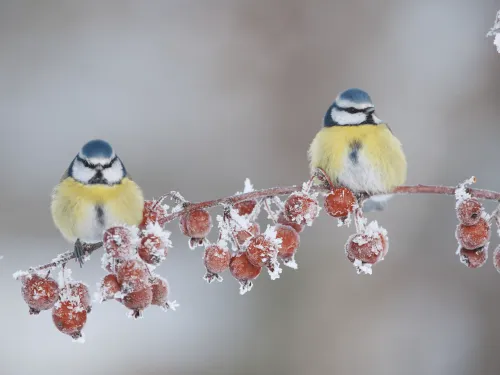
Create a wilder garden this winter
Wilder Gardens Officer, Ellen Tout, talks about her favourite parts of the winter garden and what you can do to make your space a sanctuary for wildlife.
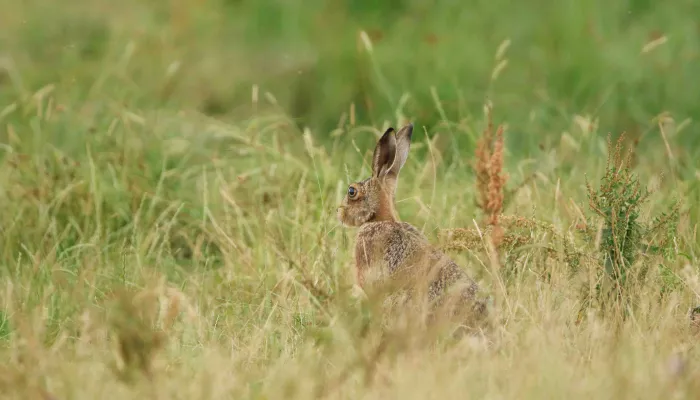
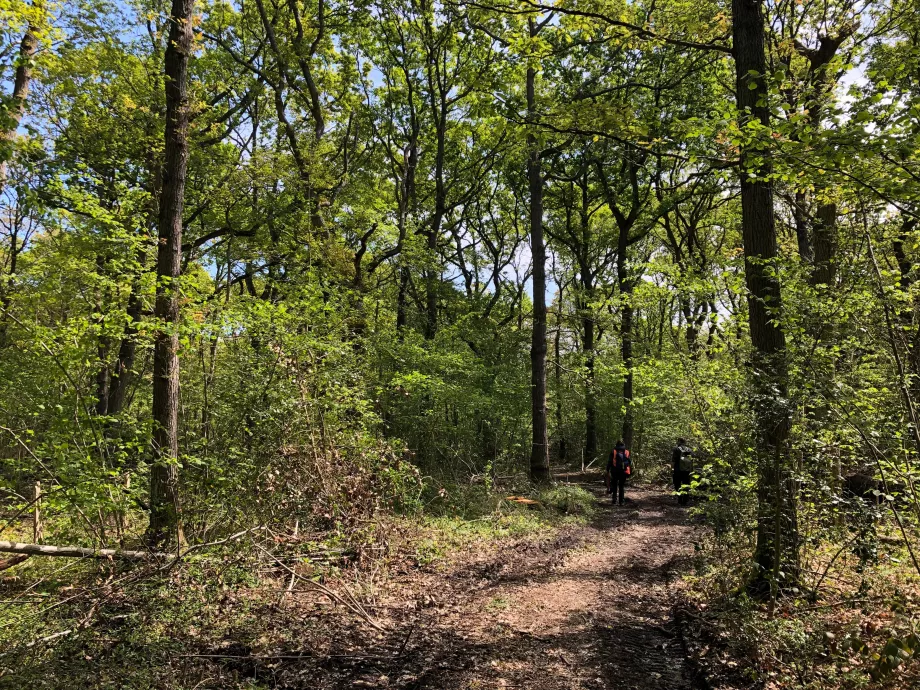
Making the switch can help reduce the number of harmful chemicals in our waterways. Make the change today!
Always driving? Try to take the bus, walk, or cycle at least once a week and not only will you help to reduce carbon emissions, but you’ll be improving your fitness too.
Ask your local MP to support nature by pledging to put our five priorities into their election manifesto this year.
Solitary bees are important pollinators and a gardener’s friend. Help them by building a bee hotel for your home or garden and watch them buzz happily about their business. Follow our guide to making a bee hotel here.
Build your own bat box and give a bat a safe place to roost. Follow our guide to building a bat box here.
A wildlife pond is one of the single best features for attracting new wildlife to the garden. Follow our guide to building a pond here.
By providing safe places for hedgehogs to live, you’re much more likely to see these prickly creatures in your garden.
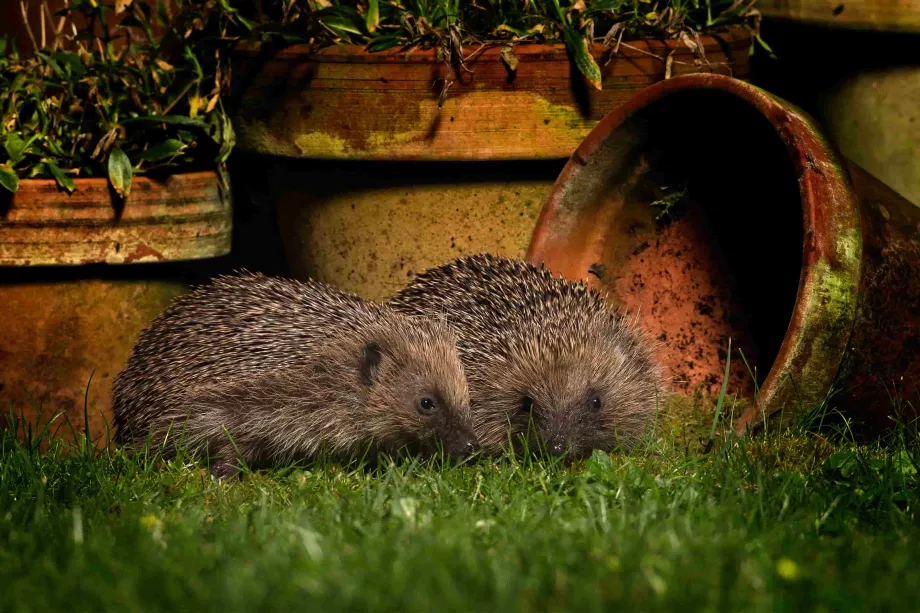
©️ Jon Hawkins – Surrey Hills Photography
Log piles are perfect hiding places for insects, providing a convenient buffet for frog, birds, and hedgehogs too! Follow our guide to making a log shelter.
Learn about companion planting, friendly pest control, organic repellents, and how wildlife and growing vegetables can go hand in hand in our guide.
There’s more to it than just building a hedgehog home! You can find plenty of useful resources on our help a hedgehog page.
Whether it's a flowerpot, flowerbed, wild patch in your lawn, or entire meadow, planting wildflowers provides vital resources to support a wide range of insects that couldn't survive in urban areas otherwise. It is also a great way of avoiding tools such as lawnmowers that are powered by fossil fuels! Follow our guidance on growing a wild patch or mini meadow here.
Provide food for caterpillars and choose nectar-rich plants for butterflies and you’ll have a colourful, fluttering display in your garden for many months. Follow our guide to attracting butterflies to your garden.
Pots and containers are a great way of introducing wildlife features onto patios, or outside the front door. They are also perfect for small gardens or spaces like window ledges or roofs. Herbs, in particular, make good container plants and attract lots of wildlife. Take a look at our guide to creating a container garden for wildlife here.
Bees are important pollinating insects, but they are under threat. You can help them by planting bumblebee-friendly flowers – see our guide to attracting bumblebees to your garden.
Water butts lower the risks of local flooding and will reduce water bills by conserving the water you already have. They're great for watering the garden, refilling the pond, or even washing the car! Learn how to install a water butt from our website.
It might surprise you, but even the smallest of gardens can accommodate a tree! Find out how in our handy tree planting guide.
Gardening doesn’t need to be restricted to the ground – bring your walls to life for wildlife! Many types of plants will thrive in a green wall, from herbs and fruit to grasses and ferns. Follow our guide to creating a vertical garden here.
Find out how to attract birds into your garden all year round.
Putting out a bit of food can help see mammals like hedgehogs through colder spells. Follow our advice here.
Set up a ‘nectar café’ by planting flowers for pollinating insects like bees and butterflies. Check out our ideas for pollinator-friendly planting.
Planting herbs will attract important pollinators into your garden, which will, in turn, attract birds and small mammals looking for a meal. To find out more and get some ideas on plants you can use, follow our guide.
All animals need water to survive. By providing a water source in your garden, you can invite in a whole menagerie!
If we all do our part in saving precious water supplies, we can make a huge difference for the environment. Learn more about how to conserve water.
Plastic waste and its damaging effect on our seas and natural world has been big news recently. Here's what you can you do about it.
With natural nesting sites in decline, adding a nestbox to your garden can make all the difference to your local birds. Here’s our handy guide to building a bird box.
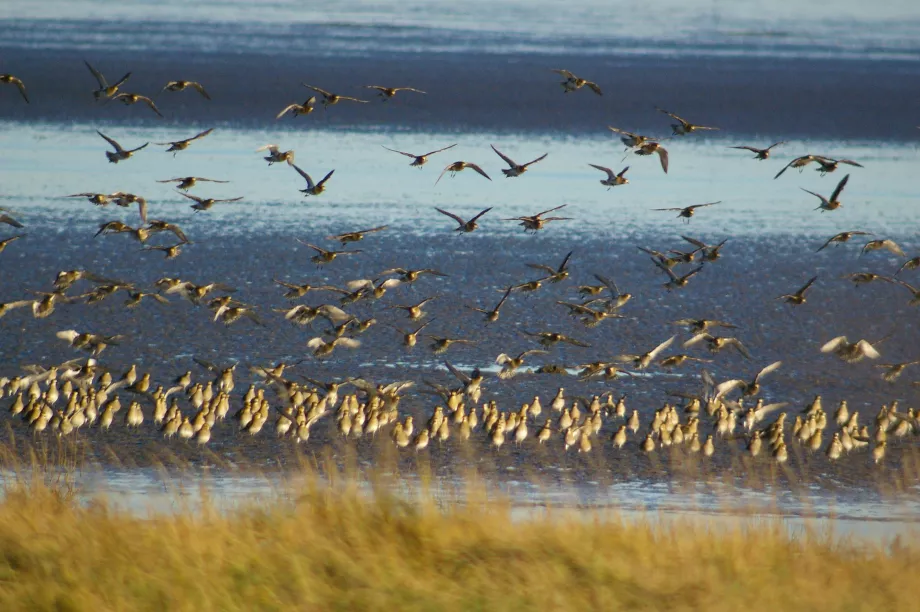
Go chemical-free in your garden to help wildlife! Find out how to prevent slugs and insects from eating your plants with wildlife-friendly methods.
Instead of sending your green waste to landfill, create your own compost.
Surfaced spaces needn't exclude wildlife! Gravel can often be the most wildlife-friendly solution for a particular area. Follow our wildlife gravel gardens advice here.
Our homes and gardens play an important role in the fight against climate change. Help preserve vital peatland by going peat-free.
Hedges provide important shelter and protection for wildlife, particularly nesting birds and hibernating insects. Learn how to make a wildlife hedge here.
Plant wildflowers with seed bombs!
Few of us can contemplate having a wood in our back gardens, but just a few metres is enough to establish this mini habitat! Learn more about woodland edge gardens.
Instead of draining, make the waterlogged or boggy bits of garden work for nature, and provide a valuable habitat. Follow our tips to bog gardening here.
Plant flowers that release their scent in the evening to attract moths and, ultimately, bats looking for an insect-meal into your garden. Follow our advice here.
Build your own bug mansion and attract a multitude of creepy crawlies to your garden using this guide.
Woody shrubs and climbers provide food for wildlife, including berries, fruits, seeds, nuts, leaves, and nectar-rich flowers. So why not plant a shrub garden and see who comes to visit?
Grow plants that help each other! Maximise your garden for you and for wildlife using this planting technique.
Be a wildlife saviour and do a litter pick!
Help us support the future of wildlife in the County while having the chance to win cash prizes!
Some cosmetics, soaps, washing-up liquids, and cleaning products can be harmful to wildlife with long-lasting effects. Find out more about how to help here.
Do your bit for nature and go on a beach clean!
Have a fun-filled celebration without the negative impact on the environment.
It is only through recording wildlife that we can see when changes happen in our environment, whether this occurs in our towns or the countryside. Learn what information is needed to make a good record.
Nestboxes can harbour parasites, so it is good practice to take them down at the end of the season and give them a clean. Likewise, it is important to keep bird feeders clean to stop the spread of diseases.
Energy used in buildings accounts for around 17% of total emissions. Reducing your household energy use by making efficiency savings, switching to a renewable energy supplier, or installing a heat pump will help cut this down.
Recycle, upcycle - and make do and mend! Production of household waste needs to decrease by 33% by 2037 to reach emissions targets. So get out that needle and thread!
We can all take steps to protect hedgehogs on bonfire night and beyond. Follow our 4 steps to make sure you keep hedgehogs safe.
Palm oil is a cheap, efficient form of vegetable oil, but a lot of species-rich tropical habitat is being destroyed to make way for it. Find out how to cut down the use of palm oil.
With food, water, and shelter scarce over the winter months, give your garden birds a treat with an edible wreath. Follow our guide here.
Buy local produce, eat more plant-based foods, and reduce your food miles to shrink your environmental footprint. Find out more about how you can eat more sustainably here.
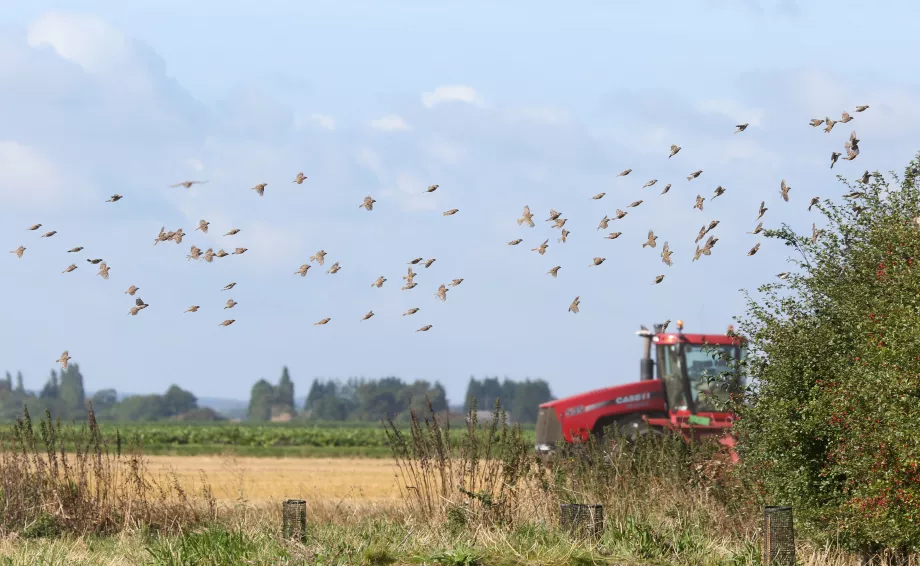
Whether feeding the birds or sowing a wildflower patch, setting up wildlife areas in your school makes for happier, healthier, and more creative children.
All profits from our shop go towards creating a wilder Kent. Shop from a range of different gifts today.
Caring for a pet is a rewarding experience that doesn't have to cost the earth. Find out more here.
Coastal gardening can be a challenge, but with the right plants in the right place, your garden and its wildlife visitors can thrive.
Bringing a piece of your holiday home is a great way of keeping the memories alive – just make sure it’s wildlife-friendly! Here are some tips for smart souvenir shopping.
Attracting wildlife to your work will help improve their environment – and yours!
You could become a member of an organisation like ours or simply join a group that is advocating for something you are passionate about.
Look for your nearest community garden and join others in your community who are using outdoor spaces to gain mental health benefits.
Check out your local farm shops and markets and make sure to choose sustainable farmers that manage their land for wildlife.
Spread the word that a little goes a long way and if you join before the end of January your membership will be half price our usual minimum. This means you can support our cause from as little as £1.50 a month.

Wilder Gardens Officer, Ellen Tout, talks about her favourite parts of the winter garden and what you can do to make your space a sanctuary for wildlife.
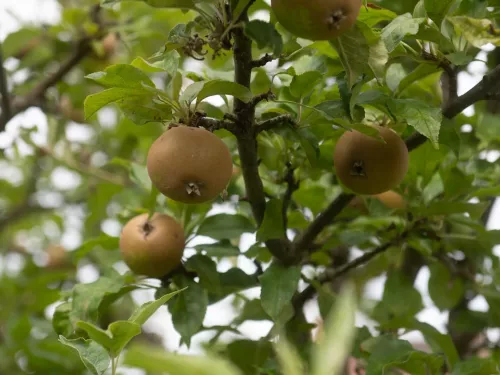
Typically, most gardeners and farmers grow annual vegetable crops. But perennial fruit and vegetables, which grow and produce food for many years, are becoming increasingly popular. Learn why...

Groundswell Agriculture Festival is the UK’s largest event dedicated to farming that regenerates the soil and restores nature. It’s a unique blend of industry conference and lively festival. This year, I took the plunge, braved the camping, and immersed…
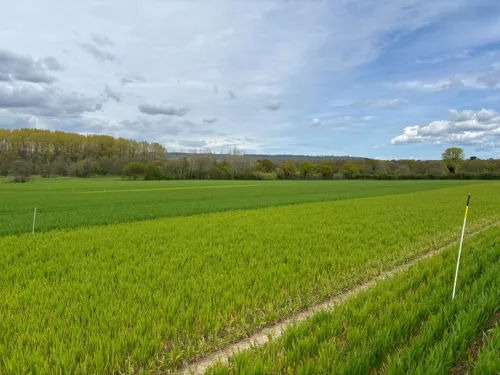
Last year, an innovative partnership emerged between Kent Wildlife Trust, Bockhanger Farms Ltd and Reading University, fuelled by the Co-op Carbon Innovation Fund.